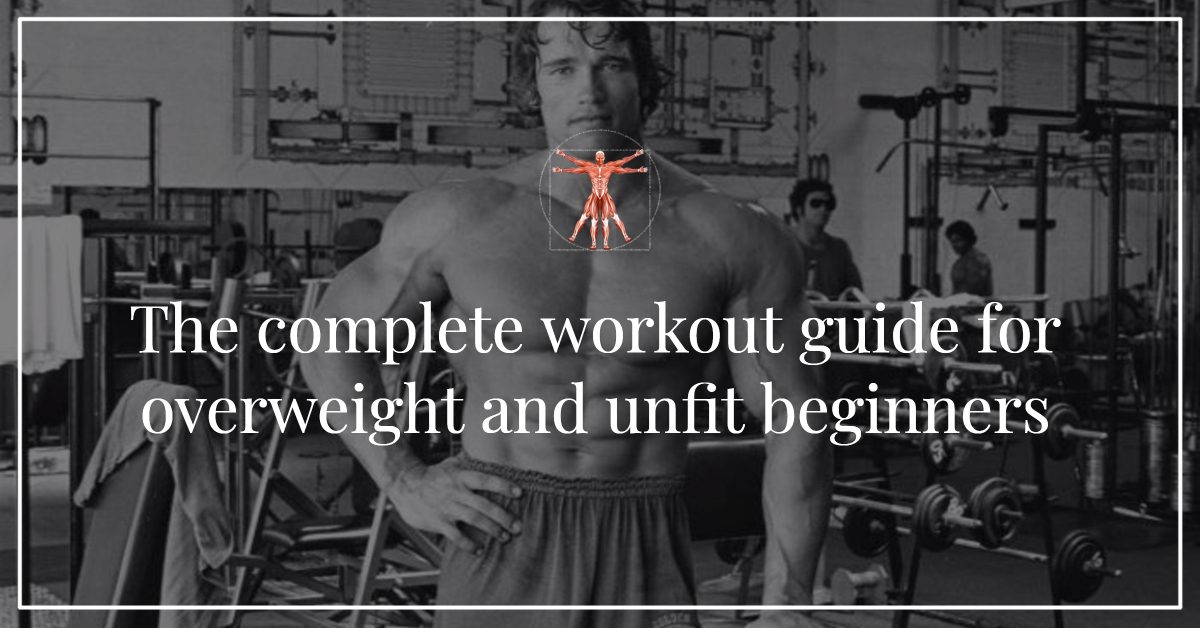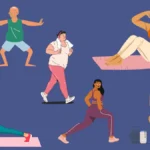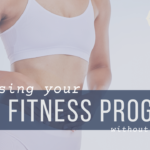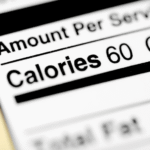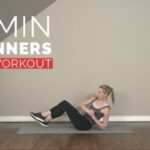Starting a workout plan when you’re new to fitness can be confusing. But with the right steps, you can create a beginner workout routine that fits your body, lifestyle, and goals. Whether you’re working toward weight loss, strength training, or better heart health, the key is to start simple, stay consistent, and build gradually.
This beginner-friendly guide walks you through how to create an effective fitness plan from scratch. You’ll learn about setting goals, choosing exercises, creating schedules, and staying motivated, all with beginner-level tips and easy-to-understand language.
Let’s break it down.
1. Start With Clear Fitness Goals
Why Fitness Goals Matter
Fitness goals give your workout purpose. Instead of wandering through the gym or quitting after a few days, goals help you stay focused and motivated.
Are you looking to lose weight? Gain strength? Improve heart health? Feel more energetic? Knowing your “why” helps you stay on track and push through hard days.
Make SMART Fitness Goals
Use the SMART method:
- Specific: Know exactly what you want (e.g., “Do 20 push-ups in 2 months”)
- Measurable: Track your progress (e.g., reps, minutes, weight)
- Achievable: Start small. Don’t aim to run a marathon in week one.
- Relevant: Choose goals that matter to you.
- Time-bound: Set a clear deadline (e.g., “By October 1st”)
SMART goals turn vague ideas like “get fit” into real, doable tasks.
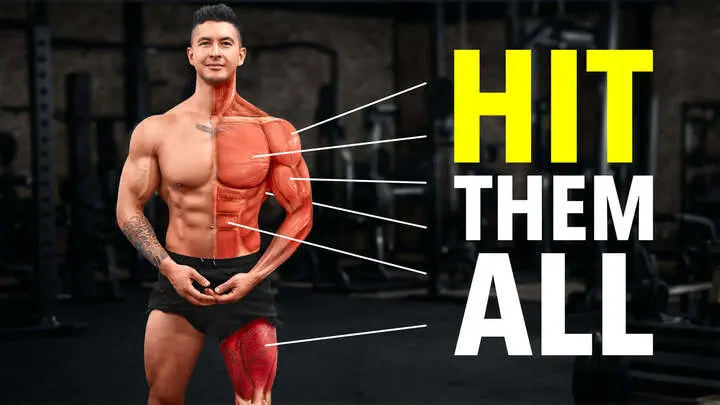
2. Design Your Weekly Workout Schedule
How Many Days Should You Work Out?
If you’re just getting into fitness, 3 to 4 days a week is a great start. The CDC recommends at least 150 minutes of moderate aerobic activity or 75 minutes of vigorous activity per week.
You can mix strength training with cardio and leave a day or two for rest or active recovery.
A sample beginner weekly workout plan:
- Monday: Strength Training (Full Body)
- Tuesday: Cardio (Walk or Cycle)
- Wednesday: Strength Training (Bodyweight or Dumbbells)
- Thursday: Rest or Gentle Stretching
- Friday: Strength Training (Resistance Bands or Machines)
- Saturday: Light Cardio or Outdoor Activity
- Sunday: Rest
Why Rest Days Are Important
Rest days give your muscles time to recover and grow. Overtraining can cause fatigue, soreness, and even injury. Recovery is part of progress, not a step back.
Also Read Walking vs. Running: Which Is Better for Beginners?
3. Choose the Right Types of Exercise
Cardio for Heart Health and Weight Loss
Cardiovascular workouts boost endurance, help burn fat, and improve mood.
Start with simple activities like:
- Walking (15–30 minutes)
- Cycling
- Dancing
- Swimming
- Elliptical
For beginners, start with 20 minutes, 2–3 times a week. You can increase duration as your stamina improves.
Strength Training to Build Muscle and Burn Fat
Strength exercises build lean muscle, improve posture, and raise your metabolism.
Great beginner-friendly options include:
- Bodyweight movements: Squats, lunges, push-ups, planks
- Resistance bands: Easy on joints, great for toning
- Light dumbbells: Add resistance gradually
Aim for 2–3 strength sessions per week targeting all major muscle groups.
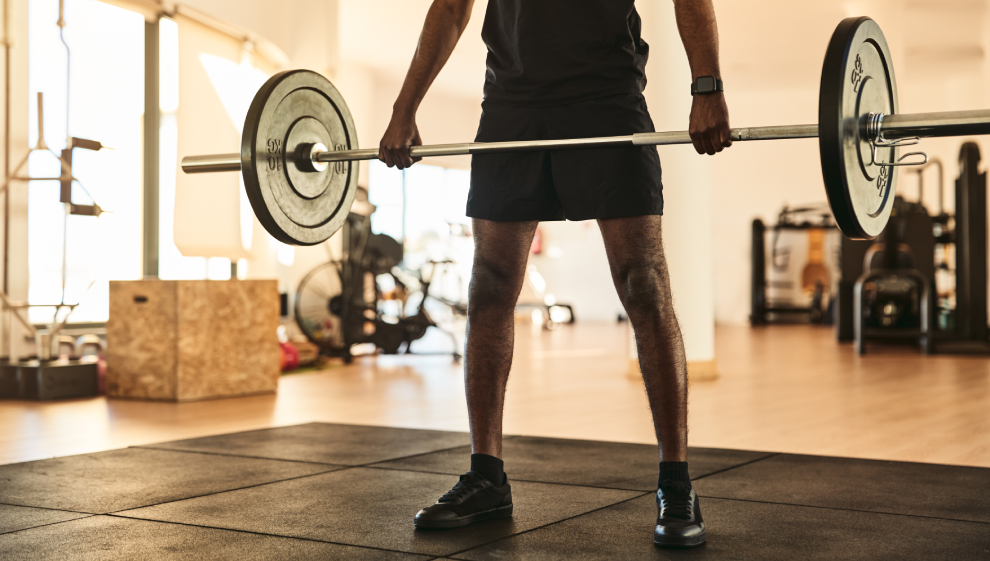
4. Create a Simple Beginner Workout Routine
Sample Full-Body Beginner Routine
Try this at-home circuit 2–3 times per week:
- Bodyweight Squats: 10–15 reps
- Push-Ups (or Knee Push-Ups): 8–10 reps
- Lunges (each leg): 8–10 reps
- Glute Bridges: 10–15 reps
- Plank Hold: 20–30 seconds
Repeat the circuit 2–3 rounds with a 60-second rest between rounds.
How to Add Resistance and Progress
Once the circuit feels easy, try:
- Adding dumbbells to squats/lunges
- Holding the plank longer
- Doing extra rounds
- Shortening rest time between sets
This is known as progressive overload—a key to getting stronger.
5. Apply the FITT Principle for Long-Term Success
What Is FITT and Why It Matters
FITT stands for:
- Frequency (How often you work out)
- Intensity (How hard you go)
- Time (How long you exercise)
- Type (What kind of exercise you do)
As a beginner, keep workouts moderate in intensity and 20–45 minutes long. Increase one FITT variable at a time.
Don’t Forget to Mix It Up
Change things every few weeks to avoid boredom and plateaus. Swap walking for cycling. Try resistance bands instead of weights. This keeps your body challenged and engaged.
6. Prioritize Warm-Ups and Cool-Downs
Warm-Up Before Every Workout
Never jump into a workout cold. Do 5–10 minutes of:
- Arm circles, leg swings, or light jumping jacks
- Slow jog or brisk walk
Warming up raises body temperature, preps muscles, and helps prevent injuries.
Cool Down and Stretch
After working out, let your body return to normal.
- Light walk or slow cycling for 5 minutes
- Stretch hamstrings, shoulders, back, and hips
This reduces soreness and helps with flexibility.
7. Track Progress and Stay Motivated
How to Track Your Workouts
Use a notebook, app, or whiteboard. Record:
- Sets and reps
- Weights used
- Rest times
- How you felt
Tracking helps you see improvement, which keeps you motivated.
Find What Keeps You Going
Staying consistent is tough. Here are simple tricks:
- Workout with a friend or trainer
- Make a workout playlist
- Set reminders on your phone
- Reward yourself after workouts
- Join a beginner fitness challenge or online group
Building the habit is more important than perfection.
8. Avoid Common Beginner Mistakes
Doing Too Much Too Soon
Start slow. Don’t lift heavy weights or run miles on day one. Let your body adjust.
Ignoring Proper Form
Focus on doing exercises right, not fast. Poor form leads to injuries and poor results. Consider watching form videos or hiring a trainer for your first few sessions.
9. Know When to Change Your Routine
When to Level Up
Every 4–6 weeks, increase:
- Weight or resistance
- Number of sets or reps
- Workout length
This ensures your muscles keep improving and prevents plateaus.
Add Variety to Stay Fresh
Try new workout styles like:
- HIIT (High-Intensity Interval Training)
- Pilates or yoga
- Fitness classes
- Outdoor workouts
New challenges = new motivation.
FAQs: Beginner Workout Questions Answered
How long before I see results?
You’ll likely feel better within 1–2 weeks—more energy, better sleep, improved mood. Visible results usually show up around 4–8 weeks if you stay consistent.
Can I work out every day?
You can, but mix in lighter activity. Try this:
3 days strength training
2–3 days light cardio
1–2 days rest or stretching
What if I don’t have gym equipment?
You can do bodyweight workouts at home. Use:
Water bottles as dumbbells
Towels for sliders
A sturdy chair for step-ups
You don’t need fancy gear to start moving.
Is walking enough for a beginner?
Yes! Brisk walking is excellent for heart health and burning calories. Add strength moves twice a week for a complete routine.
Do I need to talk to a doctor first?
If you’re over 45, have health conditions, or haven’t exercised in years, it’s smart to check in with your doctor. But for most healthy adults, light to moderate exercise is safe to start.
Final Thoughts: You Can Do This
Creating a workout plan doesn’t have to be hard. Just remember:
- Start small
- Be consistent
- Listen to your body
- Adjust as you go
Whether you’re working out to lose weight, boost confidence, or improve health, you’ve already taken the hardest step—getting started.
So lace up your sneakers, press play on your workout playlist, and take that first rep. Your beginner fitness journey starts now—and you’ve got this.
Author- Ayush
